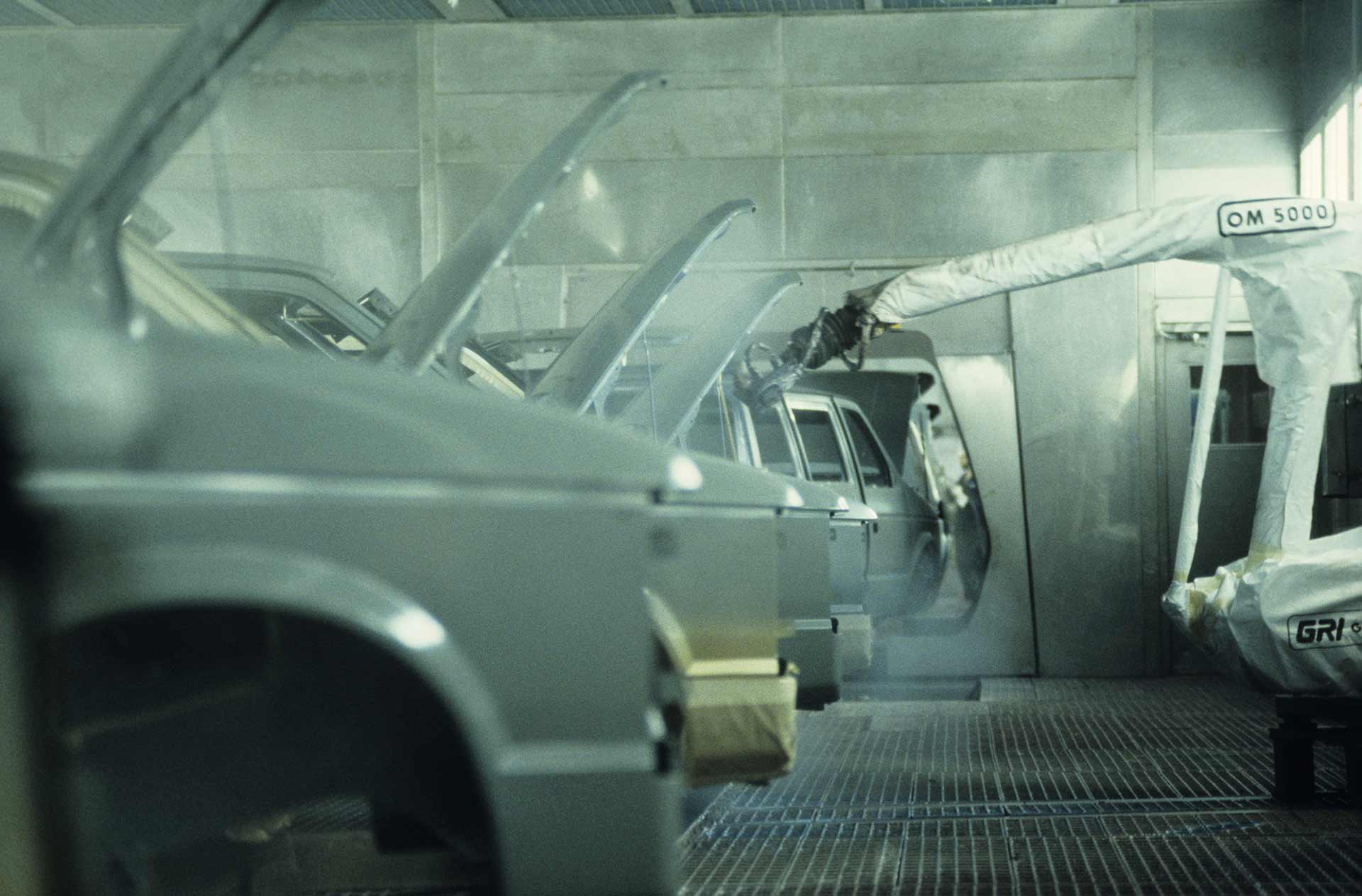Getting to the Root of Air Quality Issues
March 9, 2017
By John Keaser, RoboVent Lead Engineer
Helping companies find and implement effective solutions for air quality problems is the most rewarding part of my job. I worked on the front lines of manufacturing myself while finishing my education, including glass batch processing, smelting and sheet metal manufacturing. I know first hand how important a clean, healthy environment is for manufacturing workers. Now, I work every day to help companies evaluate and improve air quality in their factories.
Air Quality in Manufacturing
My work with RoboVent brings me into all kinds of manufacturing facilities across North America. These companies come to us to help them solve indoor air quality (IAQ) problems that impact employee health, productivity and morale or put them out of regulatory compliance.
In some facilities, the problem is obvious as soon as I walk in. The air may be unpleasant to breathe, and a visible haze may hang over the production areas. Sometimes the solution is obvious, too. In small facilities with one or two clearly defined production areas, installing new source capture systems may quickly take care of the problem.
In other cases, both the problem and the solution may be more complex. Fumes and particulates generated by welding and other manufacturing processes may put companies out of compliance with permissible exposure limits (PELs) for certain highly toxic elements, even if overall particulate levels do not create a problem obvious to human eyes and noses. And in large, complex manufacturing facilities, it is not always easy to determine the best approach to solving air quality challenges.
That’s where I come in. As a Lead Engineer on the RoboVent VentMapping® team, my job is to perform on-site evaluation and science-based analysis of the factors impacting air quality throughout the facility. This analysis is used to guide remedy selection and system design to ensure that the ultimate solution is the most efficient and effective way to solve IAQ issues.
On-Site Evaluation of Manufacturing Facility IAQ
At RoboVent, we take a holistic approach to evaluating IAQ in a facility. We don’t just look at particulate exposure right at the point of generation. We look at how fumes propagate throughout the building and how the physical characteristics of the building impact airflow and exposure levels. We use this to build a model of airflow patterns and air quality throughout the facility.
When visiting a facility, I take a number of observations and measurements to help build this model. Depending on the complexity of the job, my evaluation may include:
Interviews with management and workers:
What are their concerns? Are there reports of headaches, respiratory problems or other health impacts? Are they comfortable in the environment?
Measurement of ambient particulate levels:
I use ambient dust monitors to measure total particulate levels at key places throughout the facility, both near manufacturing processes and in other areas.
Characterization of particulates and exposure levels:
If the processes used are known to generate high levels of OSHA-regulated elements and compounds—such as hexavalent chromium, manganese, beryllium or fumed silica—I may also recommend further testing to determine exposure levels to elements of concern. Sometimes, this can be estimated based on total particulate levels and what is known about the processes. Sometimes, it is wise to have further chemical analysis done of collected particulates. PEL testing can also be conducted using devices worn by workers as they go about their normal day.
Analysis of manufacturing processes:
In addition to measuring particulate levels directly, I also analyze the processes in use, including fume generation points and generation rates. Is the facility using robotic welding, manual welding, or a combination of both? How much weld wire is consumed over the course of a shift or a week? Are they engaged in dust-producing processes such as laser cutting, arc gouging, plasma cutting, polishing or grinding?
Mapping of the facility:
The physical layout of the facility—including placement of walls and curtains, doorways and windows, and other physical elements—has a big impact on how air moves through the facility. So does the placement of airflow-generating features such as ventilation, makeup air and HVAC systems. To generate a model of the facility, I generally start with a CAD drawing if on is available, but augment the facility map with on-site observations and measurements.
Modeling Indoor Air Quality
All of these onsite observations are used to build a virtual model of the facility. Using the map of the physical facility and measurements of particulate levels in key places, we can model airflow patterns in the plant and show how particulates migrate and accumulate throughout the facility. These models are built using Computational Fluid Dynamics, a form of computer modeling used to visualize how liquids or gasses move. This allows us to build a visual and mathematical model of the current state of IAQ throughout the facility. RoboVent’s proprietary modeling process is part of the VentMapping® engineering process.
Now, the VentMapping model can be used to “try” different possible remedies virtually before they are implemented. This allows us to find the most cost-efficient remedy that will meet the facility’s air quality goals, without over- or under-engineering the solution. Depending on the processes in use in the facility, this may include more efficient source capture solutions, the addition of an ambient filtration system, or a combination of both.
My work gives me an intimate look at the impacts that poor air quality has on worker comfort, health and morale. The best part of my job is going back to see the new solution installed and the difference it makes for the people on the front lines. “Improving lives in manufacturing” is not just the RoboVent mission statement—it’s what I do on the job every day.
